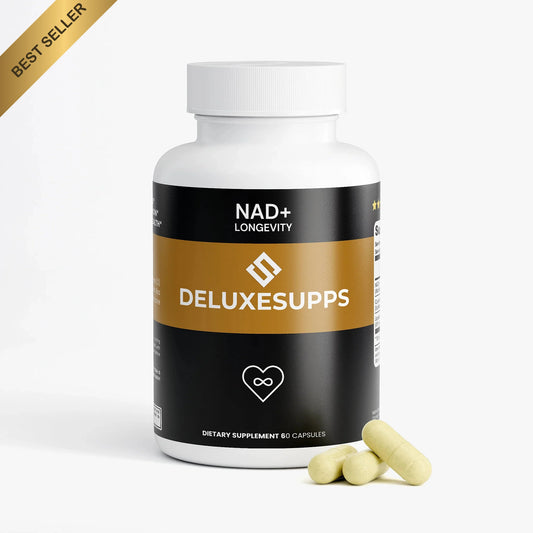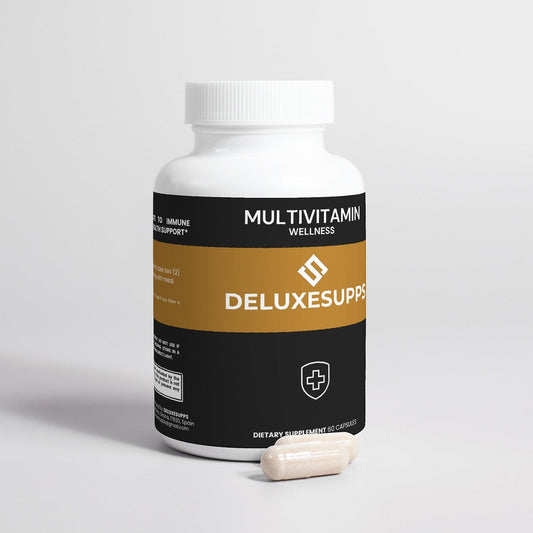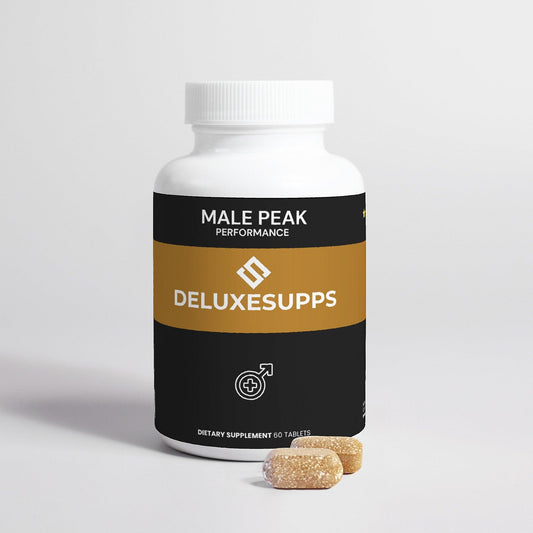Updated on: 2025-11-12
- Understanding amino acid powder for workouts and practical uses
- Common challenges with amino acid powder for workouts and how to solve them
- Comparison: BCAA powder vs EAA powder vs blended amino acid supplement for workouts
- Summary and recommendations for choosing amino acid powder for workouts
- Q&A on amino acid powder for workouts
- About the author: expertise on amino acid powder for workouts
Understanding amino acid powder for workouts and practical uses
Amino acid powder for workouts is a convenient format designed to supply free-form amino acids in measured servings that fit training routines. Many consumers consider an amino acid supplement for workouts to streamline preparation, standardize flavors, and simplify serving control. Whether labeled as an amino acid powder for exercise, BCAA powder, EAA powder, or a broader blend, these mixes focus on portability, clear dosing, and straightforward mixing with water. Shoppers often compare flavor options, sugar content, and ingredient transparency to find a product that fits daily habits without disrupting focus or hydration.
The category spans single-focus blends and more complete formulas. BCAA powder typically highlights branched-chain amino acids. EAA powder aims to include all essential amino acids. Some blends add electrolytes or flavor systems to support palatability and routine adherence. Selecting among them usually involves reading labels carefully, aligning serving sizes with personal schedules, and choosing formats—ready-to-mix powder or single-serve sticks—that make consistent use easier.
Because preferences differ, it is common for users to trial flavors, adjust dilution, and compare texture or mixability before committing to a larger supply. This practical approach keeps the focus on routine fit. For readers who want an overview of available options, browsing a curated selection can help. Explore categories such as BCAA powder and EAA powder to see typical formulations, sizes, and flavor profiles.
Common challenges with amino acid powder for workouts and how to solve them
Decoding labels and ingredient quality for amino acid powder
Labels vary. Some use proprietary blends; others list each amino acid with exact amounts. If you prefer clarity, look for products that disclose per-serving quantities in a transparent panel. Check the total amino acid content per serving and compare it across similar products. Verify serving size in grams, total servings per container, and whether a scoop measurement aligns with that serving. When comparing an amino acid supplement for workouts, consistent labeling and straightforward ingredient lists make it easier to track routine intake.
Packaging details can also point to product handling and shelf life. A tight seal, desiccant packs, and a scoop-sized mouth help preserve powder flow and reduce clumping in humid environments. A batch code and a clearly printed best-before date support quality tracking over time.
Taste, mixability, and stomach comfort considerations
Amino acids can have a strong natural taste. Flavor systems aim to balance this while keeping the formula workable for daily use. If flavor strength is a concern, start with smaller servings and more water to refine taste and sweetness. Mixability depends on powder fineness and the presence of flow agents or instantized forms. Shaking vigorously for 15–30 seconds and letting the mix rest briefly can improve texture. If you value portability, single-serve sticks reduce measuring and help keep flavor consistent from one session to the next.
Stomach comfort is personal. Starting with a partial serving and assessing comfort during light activity can be a practical approach. Users who are sensitive to intense flavors often prefer neutral or lightly flavored options and colder water.
Timing, serving size, and routine consistency
People fit amino acid powder for workouts into different parts of the training window. Some prefer a pre-session mix for convenience, others sip during a session to maintain a steady routine, and some schedule it near post-session meals for planning simplicity. The best approach is the one that aligns with your calendar and encourages consistency. Serving size and dilution can be adjusted within label directions to match session length and personal taste. A measured habit—same bottle, same scoop, same time—reduces friction and supports a reliable routine.
Selecting sugar-free amino acid powder for pre and post workouts
For those seeking a sugar-free amino acid powder for pre and post workouts, sweeteners and flavors are key comparators. Labels often disclose the sweetener type and whether the sweetening system is natural or artificial. If sugar-free is a priority, confirm “zero sugar” and review total carbohydrates per serving. Many shoppers also check whether colorings or flavor sources match their preferences. For a broader view of formats and flavor systems, you can scan multi-brand listings under Shop all.
Comparison: BCAA powder vs EAA powder vs blended amino acid supplement for workouts
BCAA powder: format notes, typical uses, and constraints
BCAA powder focuses on leucine, isoleucine, and valine. Common ratios include 2:1:1 or higher-leucine mixes. Buyers who want a narrow amino profile often choose this format for simplicity and taste customization. BCAA products tend to offer bright, fruit-forward flavors that balance inherent bitterness. A constraint is that they target a subset of amino acids, so users who prefer full-spectrum coverage may look elsewhere. When comparing BCAA options, evaluate the total grams per serving, any added electrolytes, and whether the flavor system suits long-term use.
EAA powder: format notes, typical uses, and constraints
EAA powder includes all essential amino acids in varying proportions. This approach aims to cover a broader range of amino inputs in a single serving. Many EAA formulas highlight clear labeling and measured scoops that make routine planning straightforward. Because EAA profiles are more comprehensive, flavor balancing can be slightly more challenging, and some formulas may include additional ingredients to improve palatability. Compare per-serving totals, flavor variety, and the presence of any extras like electrolytes or coconut water powder that may influence taste and texture.
Blended amino acid powder for exercise: format notes and typical profiles
Blended amino acid powder for exercise can combine BCAAs, EAAs, and complementary ingredients such as electrolytes, taurine, or citrulline. The main advantage is convenience: one scoop for a more complete mix. The trade-off is complexity; understanding the role of each ingredient takes careful label reading. If you prefer a single product to cover multiple preferences—flavor, hydration support elements, and a wide amino profile—blends are worth reviewing. If you value minimal formulas, single-focus options may be preferable.
Pros and cons overview:
- BCAA powder
- Pros: Simple profile, often strong flavor options, easy to sip during sessions.
- Cons: Limited to select amino acids; may not satisfy users wanting full-spectrum coverage.
- EAA powder
- Pros: Broad essential amino coverage, clear per-serving totals on many labels.
- Cons: Flavor balancing can be harder; some blends add ingredients you may or may not want.
- Blended amino acid supplement for workouts
- Pros: One-scoop convenience; often includes extras for taste or mixability.
- Cons: Complex labels; ingredients vary widely by brand and batch.
If you are building a short list, check core amino totals, serving cost, and container size. A small trial can help you confirm taste and routine fit before purchasing larger tubs. To see how different brands present these formats, visit Deluxesupps and compare category pages with filters for flavor, size, and dietary tags.
Summary and recommendations for choosing amino acid powder for workouts
Amino acid powder for workouts is ultimately a planning tool. It helps standardize servings, streamline mixing, and fit amino intake into a stable training schedule. The decision often comes down to three factors: label clarity, flavor and mixability, and how the format supports your daily routine.
- Align format to goal and preference. If you want a focused profile, BCAA powder offers a narrow set of amino acids with strong flavor options. If broader amino coverage is a priority, EAA powder provides essential amino acids in one scoop. Blended formulas add convenience but require more label reading.
- Prioritize label transparency. Clear per-serving amounts and unambiguous ingredient lists make comparison easier and help maintain a consistent routine.
- Dial in taste and texture. Start with small servings and adjust dilution to manage flavor strength. Consider sugar-free variants if you track added sugars closely.
- Plan timing consistently. Choose pre, intra, or post windows based on what you can maintain every training day. Consistency typically improves adherence.
- Trial before scaling. A smaller tub or a set of single-serve sticks can confirm mixability and comfort before committing to a larger size.
Shoppers seeking the best amino acid powder for muscle recovery during workouts often compare BCAA powder, EAA powder, and blends side-by-side. There is no single format that suits everyone. Practical fit—clear labels, dependable taste, and easy mixing—makes ongoing use more realistic.
Q&A on amino acid powder for workouts
Do amino acid powders help with workout recovery and muscle growth?
Amino acid products are designed to supply amino acids in a convenient form. Brands present these powders for training contexts, but outcomes depend on many personal factors including overall nutrition, schedule, and training plan. Product labels describe intended use, and individual preferences vary. Users who want personalized guidance can consult a qualified professional for advice that considers their specific situation.
When should I take amino acid powder for workouts: before, during, or after?
Timing is a practical choice. Many users select a period that best fits their routine: a pre-session mix for simplicity, sipping during a session for consistency, or near post-session meals for planning ease. The key is choosing a time you can repeat reliably. Follow label directions for serving size and adjust dilution to taste.
Is BCAA powder or EAA powder better for different training goals?
Each format serves a different preference. BCAA powder offers a narrow amino profile and straightforward flavor options. EAA powder includes all essential amino acids for broader coverage in one scoop. Blends provide convenience with more complex labels. The “better” option is the one you can use consistently, that matches your taste preferences, and that aligns with how you plan your sessions.
What defines the best amino acid powder for muscle recovery during workouts?
The best choice is personal and often includes these criteria: transparent labels with per-serving amounts, flavors you enjoy over time, good mixability with your preferred water volume, and packaging that fits your routine. If sugar-free is a priority, confirm “zero sugar” and review total carbohydrates per serving. Comparing a few options side-by-side and starting with a smaller size can reduce guesswork.
About the author: expertise on amino acid powder for workouts
Deluxesupps Deluxesupps
Deluxesupps Deluxesupps is a specialist in category merchandising and product education for sports nutrition, with a focus on amino acid powder for workouts and everyday training routines. The team curates clear labels, practical formats, and flavors that support consistency. Thank you for reading—reach out with questions any time.
Disclaimer: This article is for informational purposes only. It does not provide medical advice, diagnosis, or treatment, and it does not claim outcomes. Always read product labels and consult a qualified professional for personalized guidance.
The content in this blog post is intended for general information purposes only. It should not be considered as professional, medical, or legal advice. For specific guidance related to your situation, please consult a qualified professional. The store does not assume responsibility for any decisions made based on this information.












